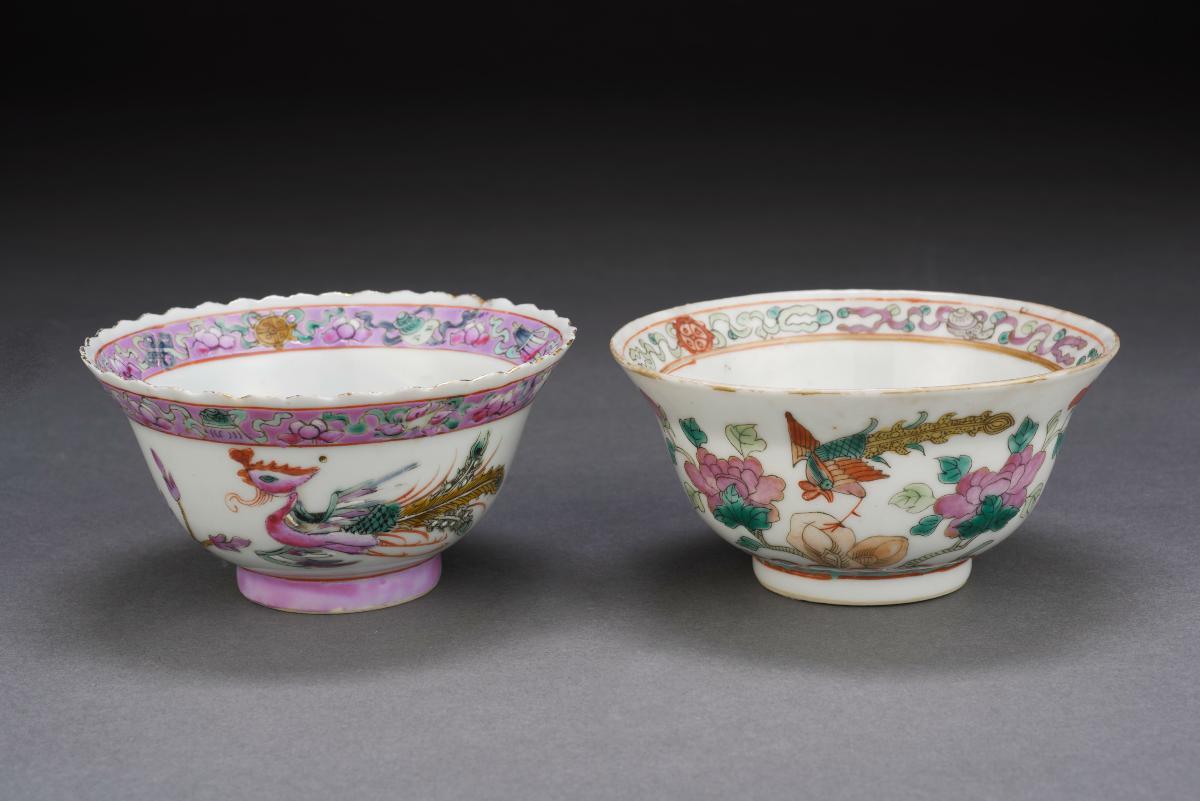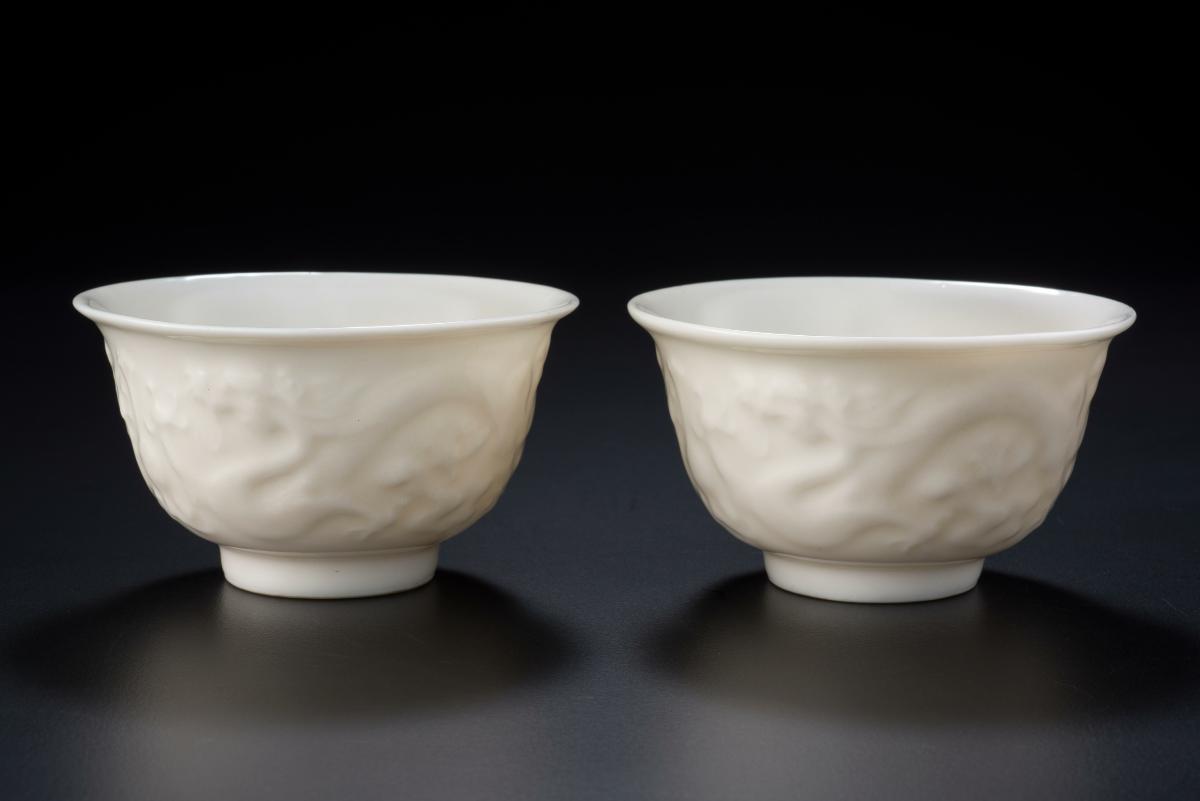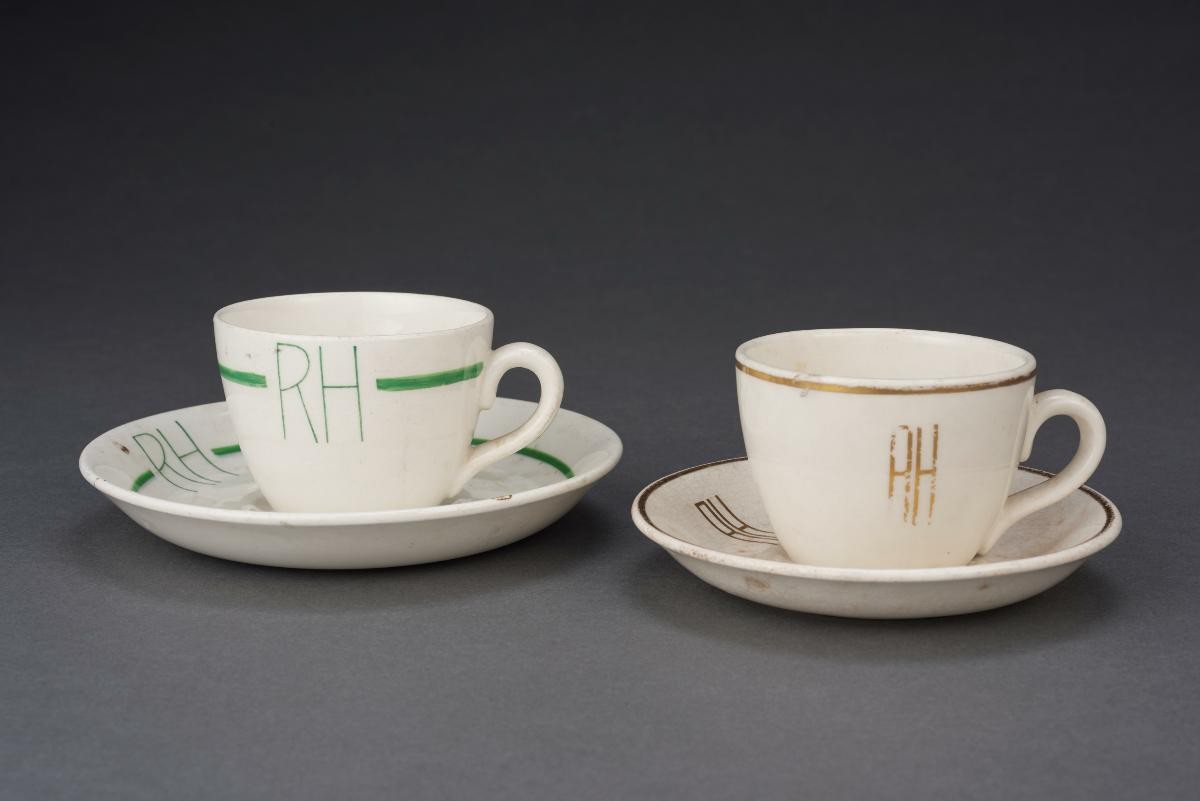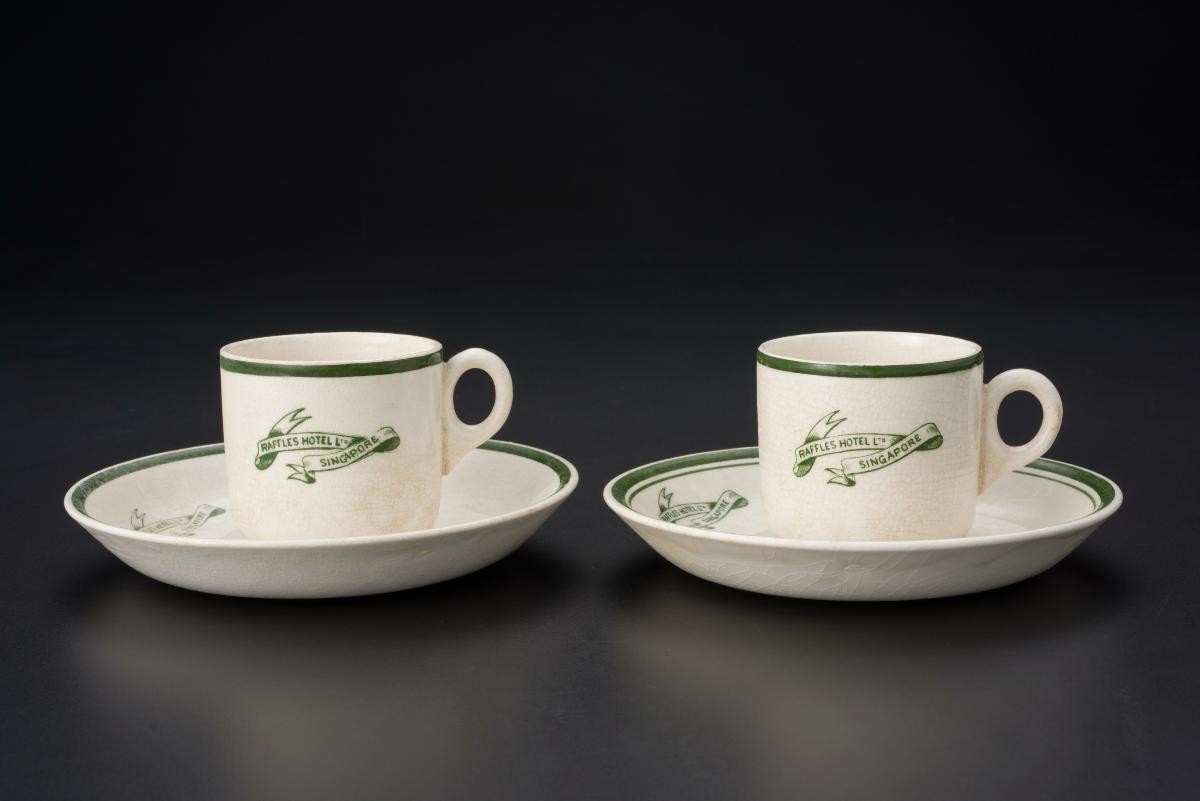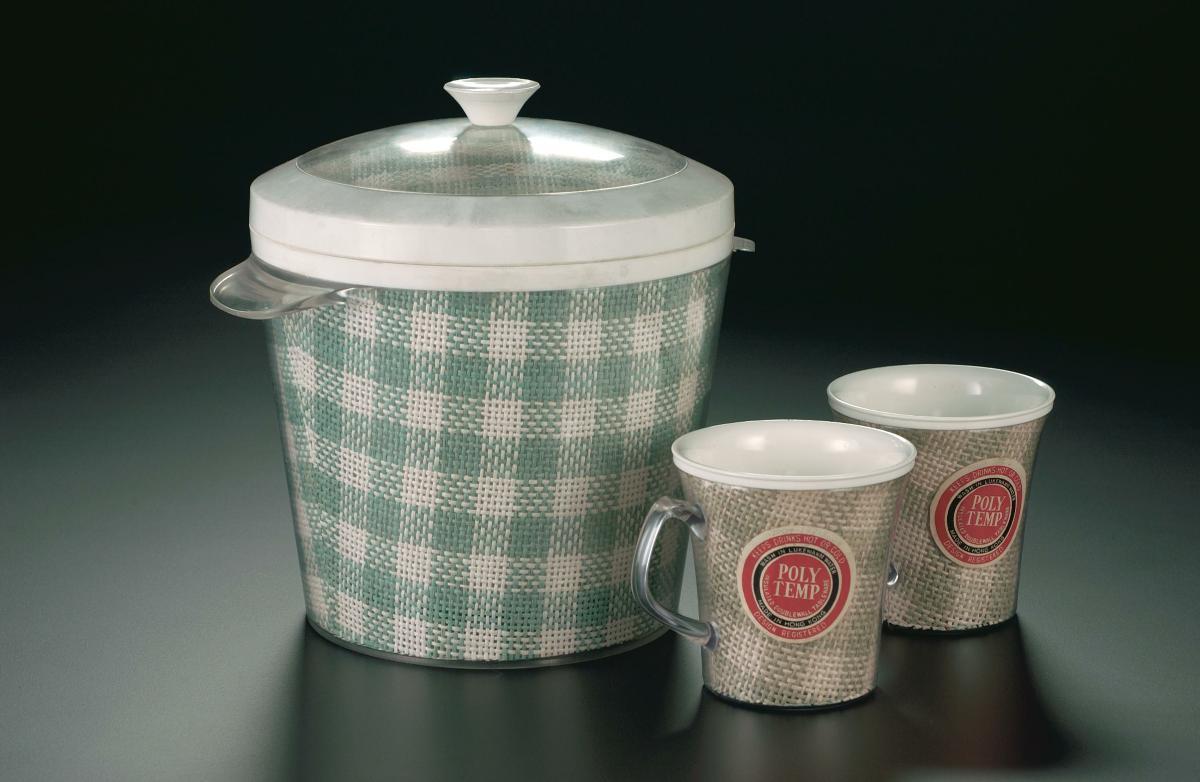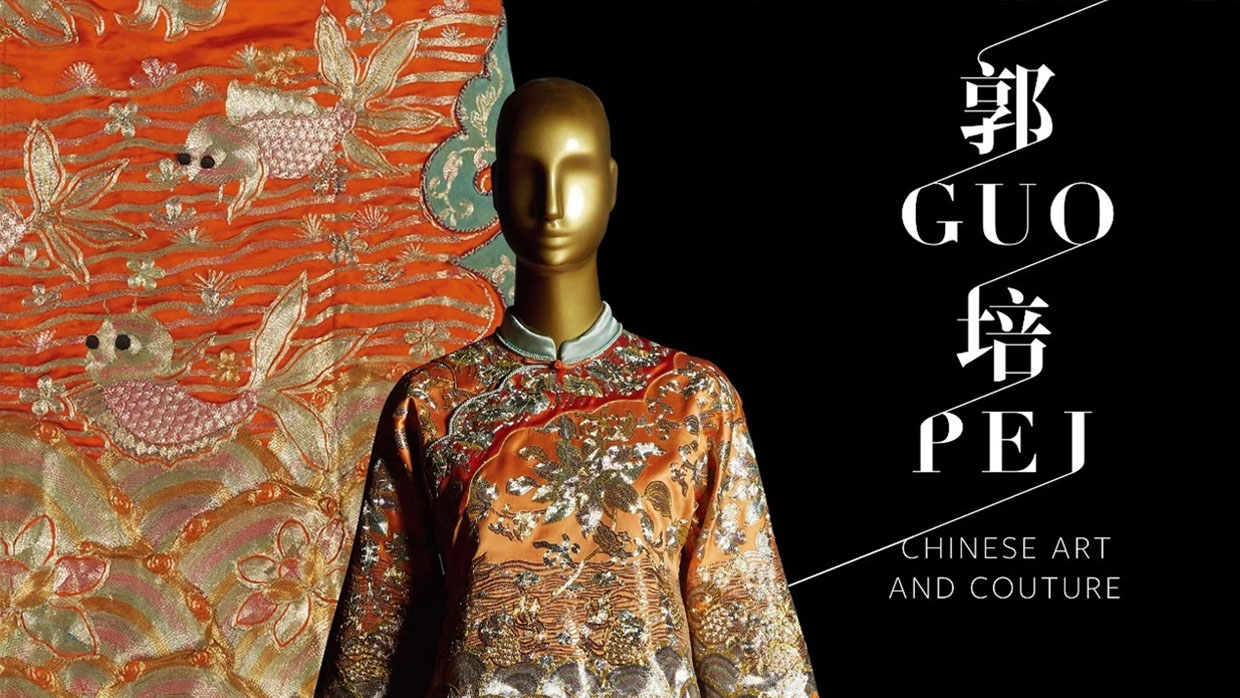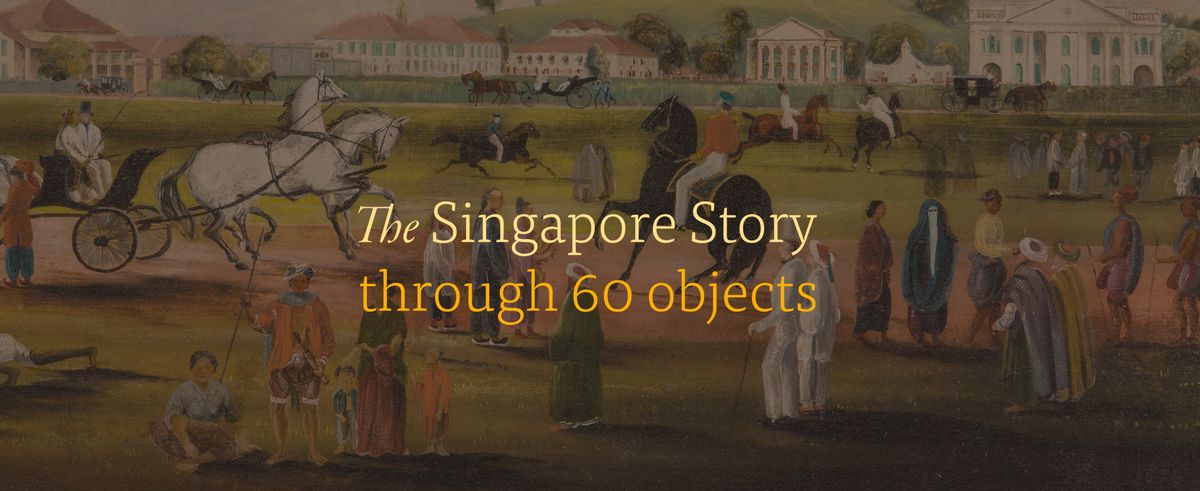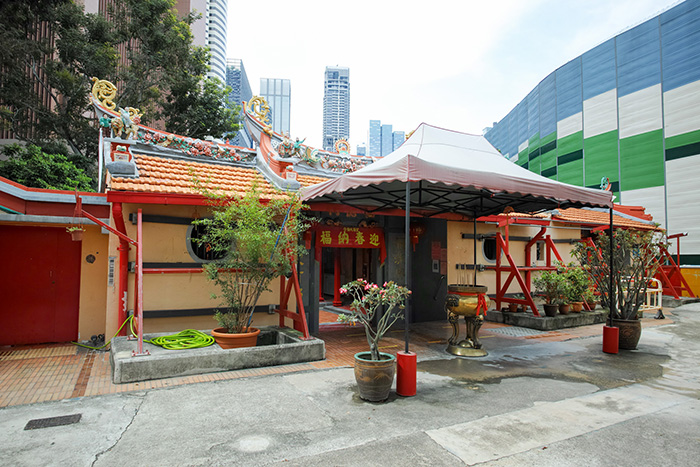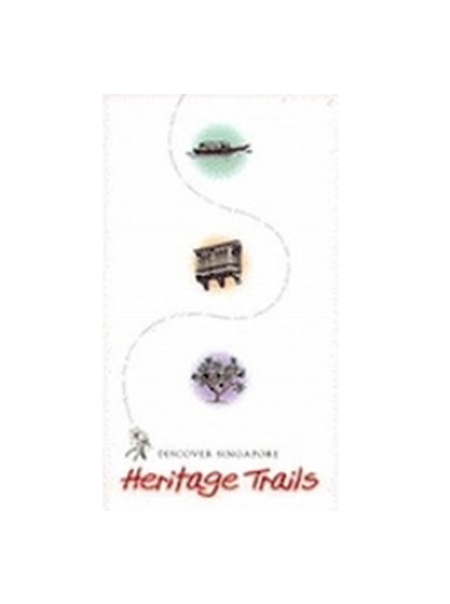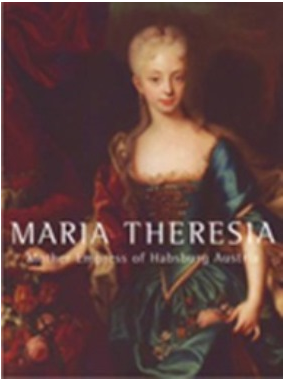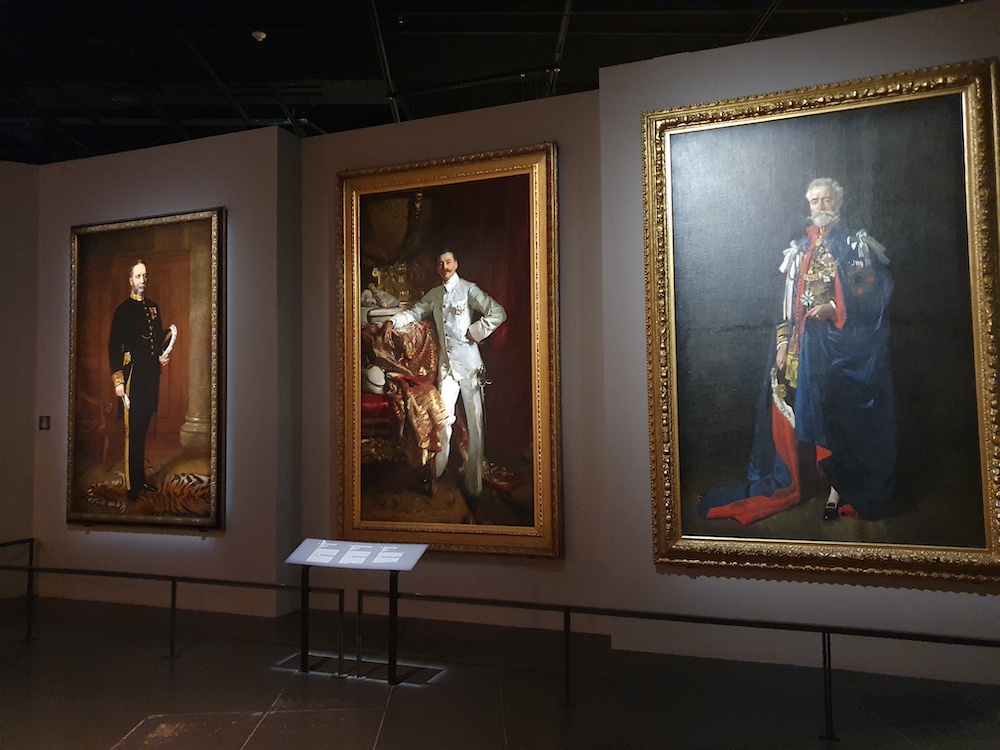The first cup is decorated with the peony and rocks motif and the rim is gilt and scalloped. Both the inner and external borders are decorated with the eight buddhist emblems. A peony sits in the inside of the cup. The base bears the mark of “Wang Sheng Tai Zao” (汪生泰造).The second cup is decorated with the motifs of phoenixes and peonies and the rim is gilded. Both the inner and external borders are decorated with the eight buddhist emblems. A chrysanthemum sits in the inside of the cup. The base bears the auspicious mark of “Zhao Cai Jin Bao” (招财进宝), which means calling for wealth and treasure. Peranakan porcelain, or nyonyaware, are terms used to refer to a type of overglazed, polychrome, enamelled porcelain made in China (probably Jingdezhen) specifically to suit the taste of Peranakan Chinese communities in insular Southeast Asia (Singapore, Malaysia and Indonesia). It is recognised by its distinctive blend of bright, contrasting colours and elaborate designs, decorated with traditional Chinese auspicious and symbolic motifs. White ground pieces in particular formed part of a larger dining ware service.




